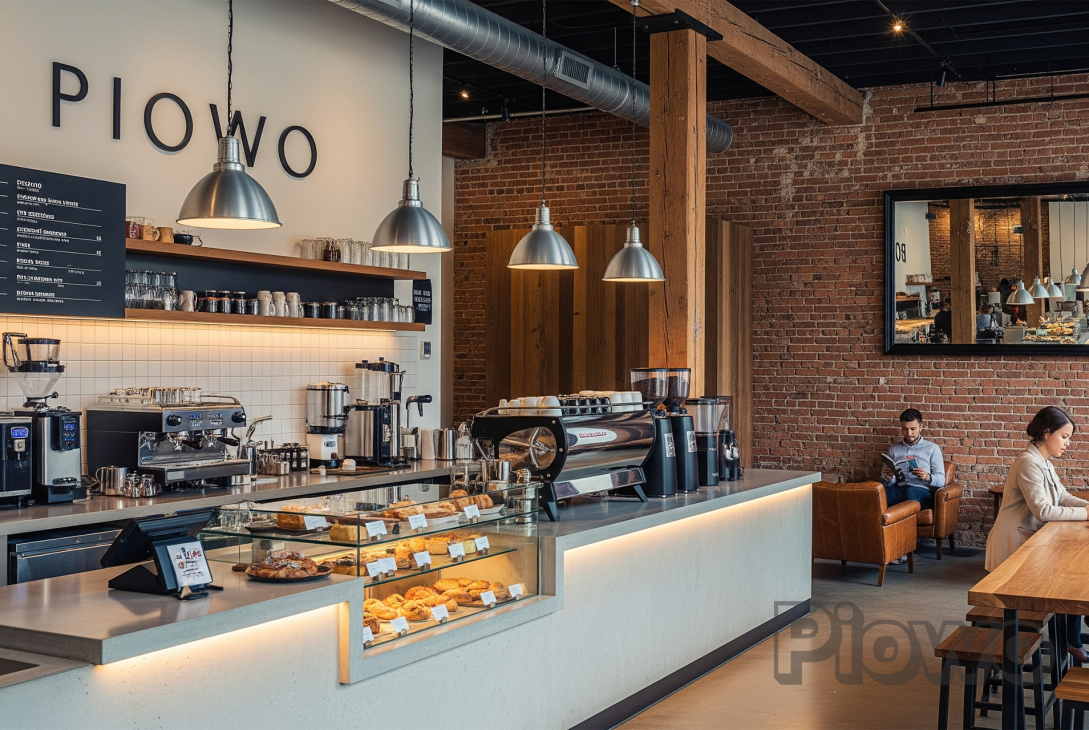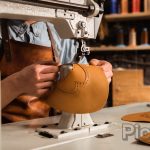Coffee shops, often inspired by the Anglo-Saxon model, offer a friendly and welcoming atmosphere conducive to relaxation or work. They place an emphasis on the quality and originality of their drinks.
They also tend to offer a selection of sweet or savoury snacks, such as pastries or sandwiches, which can be enjoyed on the premises or taken away.
Thus, coffee shops differ from traditional cafés in terms of their concept, wider range of products, and specific atmosphere.
What budget should you plan for when opening a coffee shop?
Opening a coffee shop requires a significant initial investment.
On average, you should expect to spend between $60,000 and $200,000, depending on factors such as the size of the project, its location, and the level of quality you are aiming for.
The main areas of expenditure are:
- fitting out the premises;
- purchasing professional equipment;
- Stocking products to launch the business.
Don’t overlook the costs associated with marketing and opening your coffee shop. These include creating a website, communicating on social media and printing flyers.
It is recommended that you include start-up cash flow to cover various expenses for three to six months while you wait for your turnover to reach normal levels.
What are the steps to opening a coffee shop?
Just as roasting good coffee requires a specific process, so does successfully opening a coffee shop.
- Define your concept.
- Conduct market research.
- Prepare a business plan.
- Find commercial premises.
- Choose your legal status.
- Complete the administrative procedures.
- Purchase the necessary equipment.
Buying the necessary equipment to open your coffee shop
Professional equipment is a major investment when setting up a coffee shop.
As with a tea room or café, certain items of equipment are essential:
- one or more professional coffee machines;
- coffee grinders;
- refrigerated display cases;
- ovens;
- blenders;
- A cash register.
- Furniture (tables, chairs and counters).
- Kitchen utensils.
You should also plan for suitable tableware, such as cups, glasses and cutlery, as well as equipment to maintain the cold chain and cleaning supplies.
Investing in reliable and durable equipment will guarantee the quality of your service and optimise the long-term profitability of your establishment.
Finally, remember to compare suppliers and anticipate delivery times to avoid delaying the opening of your coffee shop.
boost café profits café business plan coffee shop location choice coffee shop marketing ideas coffee shop setup guide how to open a café profitable coffee shop tips small café startup tips start a coffee business successful café strategies
Last modified: July 17, 2025














